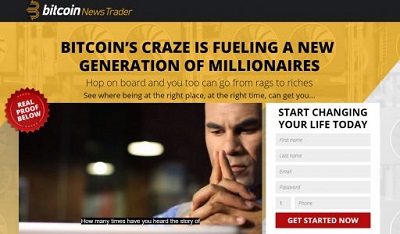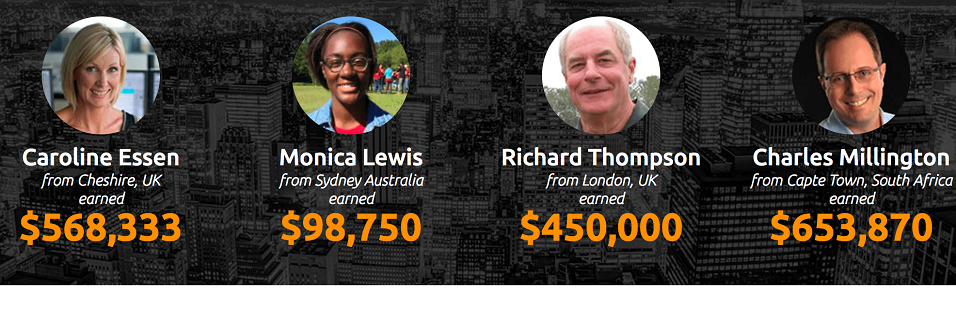Years ago,
service professionals became trusted advisors only after a deal was closed and
money changed hands. The process went like this: deal signed, advice given,
money exchanged, more advice given, more money exchanged.
That’s how it used to be, but not anymore. In today’s content-marketing-driven
world, prospects expect to be given great advice before a deal is signed or
money exchanges hands. This raises an important question: When do professional
service people become trusted advisors?
I believe that if you want to break through to your next level and
queue up a steady stream of great prospects who want what you offer, you need
to become a trusted advisor long before sales dialogue begins. Let me share
with you why you should do this and how to do it.
More Demand Than Supply
Most of our clients have set a goal of at least doubling their
revenues. But they’ve also set the goal of creating more demand for their
services than they can supply. This allows them to pick and choose the deals,
opportunities and clients they want, not simply what the market gives them.
To some degree, achieving the status of having more demand than
supply is dependent on financial disciplines. When you don’t have to take on
certain clients because you need their revenue, you can wait for deals that are
a better fit.
But it takes a lot of guts to turn down a prospect who might be
dangling a sizable check in front of you and instead wait for a better deal. If
you are not confident that better deals are out there, you’ll probably take a
deal that may not be a great fit.
I believe this is a top reason to become a trusted advisor before
the sale. If you do this, you’ll begin to see a steady stream of prospects who
are leaning in to you. This will give you the confidence to walk away from
deals that you otherwise might have taken.
But that’s
not the only reason. In my experience, prospects who already view me as a
trusted advisor and expert:
• Accelerate through our sales funnel in half the time of
other prospects
• Display far more openness to ideas that might not be
intuitive to them
• Get the value of what we do and so avoid negotiating on
price
• Champion our ideas to other members of the decision
committee
• Follow our counsel closely after we launch the engagement
• Have a higher tolerance for bumps in the road once they
become clients
The best strategy to become a trusted advisor before someone
becomes your client includes these steps:
1. Build an ideal client profile that includes the demographics of
everyone who is on the decision committee: decision makers and decision
influencers.
2. Build a list of the top five goals, opportunities and
challenges of the people on the decision committee.
3. Ask yourself these key questions:
- What is our best advice on how to achieve the goals that matter to ideal clients?
- What is our best advice on how to realize the opportunities that matter to ideal clients?
- What is our best advice on how to overcome the challenges that matter to ideal clients?
4. Develop short-form and long-form content that contains your
advice.
5. Publish the short-form pieces to blogs, social media posts,
videos and the like. Make sure each short-form post points to a call to action for
a long-form piece.
6. Put your long-form content assets behind a registration form on
your website where users provide their contact information to get the asset.
Once you’ve
developed your content pieces, promote the short-form content across your
website, email marketing, LinkedIn and third-party sites that accept original
content submissions. It's important to use a multichannel strategy because, for
reasons I cannot explain, people tend to prefer one channel over another. Here
is what I mean.
We run campaigns that include short-form pieces that have a call
to action at the end, such as “register for the free e-book” or “access a free
action guide.” Usually the short-form piece will contain one or two great
ideas. But the long-form piece contains a lot of great ideas.
What we’ve discovered is that some people will respond to the
offer if it comes to them on LinkedIn. Other people will respond to the offer
if it comes via email. Still others will respond if they find it on our
website using organic search.
What Can You Expect?
This strategy takes time to develop and execute,
but it absolutely works. All of the best clients we’ve acquired over the last
eight years or so have come to us because of this strategy. I pull organic
prospects out of the digital ecosystem because I talk to them about their
goals, opportunities and challenges.
Once you’ve developed your content assets, you
can run a number of different types of campaigns and become very creative with
them. This will allow you to see which topics, subject lines, ungated (no form
required) and gated (form required) content assets are most effective for your
firm, and which channels work best.
The most important thing is not the technology
or machinery of the campaign process, but the quality of your counsel and how
targeted it is for organic prospects. There is no substitute for great ideas.
Forbes Agency Council is an invitation-only community for
executives in successful public relations, media strategy, creative and
advertising agencies. Do I qualify?











0 comments:
Post a Comment